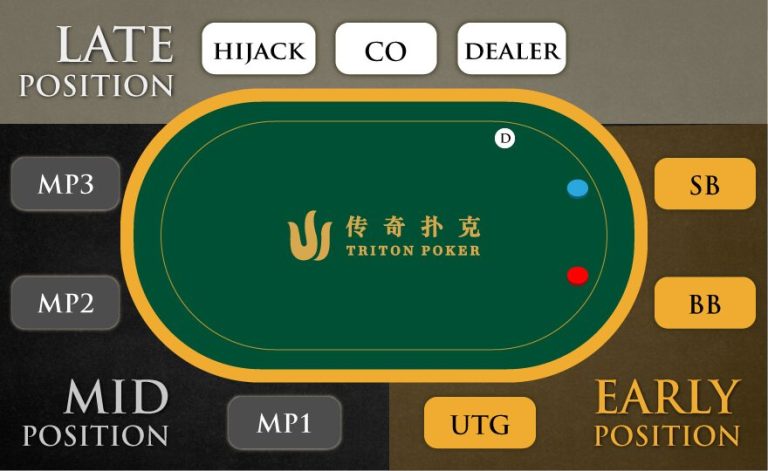Once you learn the basics of playing the game of Texas hold’em, one of the first strategies that you will need to comprehend in the game concerns your position in any given hand. After you’ve played the game for a while, you’ll realize that your relative position at the table changes every hand. That’s because the dealer button moves one position clockwise around the table in order to have a fair distribution of players at the table paying blinds. Think about position in Dewavegas as a direct correlation to the information you have at the table. The more information you possess, the more likely you will be able to make the correct decisions for a given hand. In order to identify the supposed best or most profitable hand, you must first understand which hands are profitable and which hands are not. A winning hand is known as a semi-bluff when you have cards of three different ranks on the hand, such as three eights or three sevens. When you have a hand like this, you have a strong hand, but there is a risk that any small hand out there may beat you. On the other hand, a hand like three kings, two tens is very vulnerable, so isn’t it smart to fold when you have it? On the other hand, a hand that is not the best, such as four sevens, two tens, is certainly not a hand that you should hold onto. At best, you’ll only be using the two tens to hit a flush, and to make a strong hand against your opponents. As far as positions go, the blinds go later in the game, so the button is the best spot to be in terms of learning the game. Because of the button’s position, the blinds will move in a closer parallel from the dealer button to the small blind. The small blind is in the trap to try and create a bigger chip stack than the big blind by calling the blind and the flop, while the big blind is in the opposite position and forced to play all of the flop without receiving any additional cards. After the blinds are posted, the action starts with the small blind. He is first to act, and he has a fairly simple decision to make: to play or not to play. Most players play just about every hand, and this small blind most likely will as well. The big blind is the next to act. He is more likely to be weaker than the small blind, and will want to play any two cards that have a lot of chance of hitting a hand. The temptation is to play any future cards that might have a hand like 8 or 9 or 10, but you want to be sensitive to the possibility that another player has a nine, ten, or Ace, especially the higher cards. This is especially true of flush draws and to a lesser degree, straight draws. Since the big blind didn’t bet, you can check and take your chances or fold. Betting creates a competitive advantage, so you want to get this advantage to the best possible use. If your hand is a favorite, you should probably bet, even if you have to call a big raise to do so. More often than not, your hand is going to improve on the flop and you’ll either get more money in the pot to pay for your bets, or you’ll be up enough in chips to presumably play further. If, however, your hand is not the favorite, you probably want to fold. Folding saves money and chips. If you think you will not improve your hand (and there is a good chance you will not), it is probably best to let the hand go. Reads poker manuals An advanced skill to develop is the ability to read poker manuals and each different poker variant in the same hand. Each different poker variant presents a different challenge because of the ways it can build, and even the inherent impossibility of certain hands. The difficulty in learning to read poker manuals is that the authors of the manuals are relatively loose when it comes to their describing the precise hand nuances. Rather, they tend to group hands together according to the stacks of chips each player has. Thus, ace, queen, jack, and ten are all equated with a given amount of chips. disingenuous, and hardly statistical either, though it is meant to mislead. It is up to you to know the clarity of intent in the text, and decide for yourself whether they really mean to group hands such as ace, queen, jack, and ten in the above situation, or whether they mean to stress that ace and queen is strong against a lower hand, although using the same cards. Doyle Brunson’sSuper Systempoker manualfor nearly all the strategies of no limit hold ’em is a standard for the experienced player. It is highly recommended, especially to players who are playing online for more than just crunch time.
